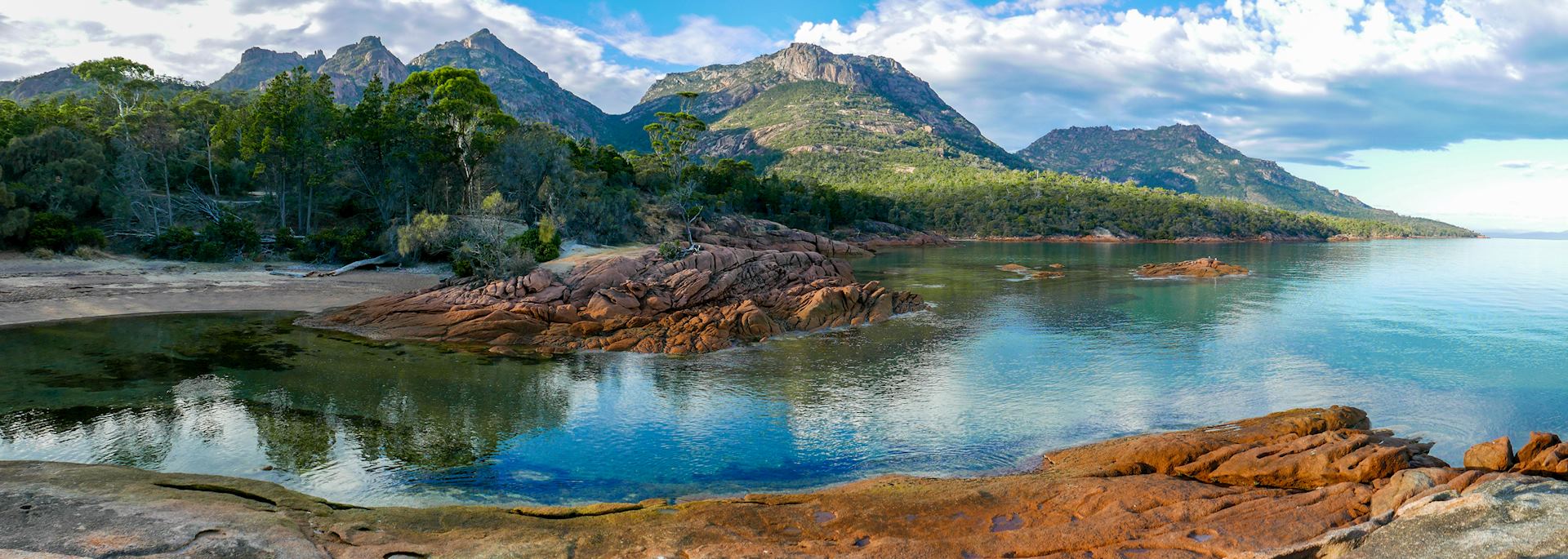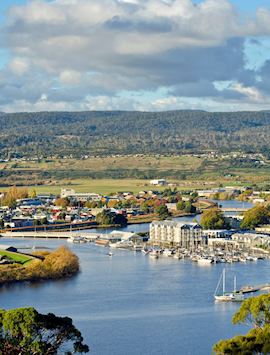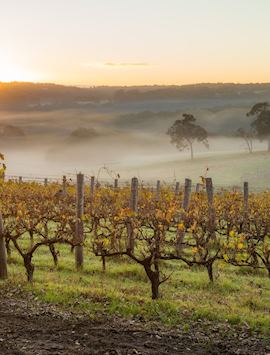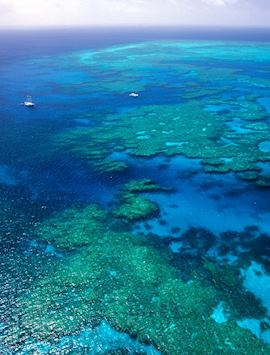By Australia specialist Haley
While Tasmania might not receive as much as attention as other parts of Australia, it truly merits your exploration. With a concentration of celebrated Australian wilderness and wildlife, this island is a winning destination in its own right.
The western side is all verdurous mountains and highland lakes, the east is striated with huge cliff faces and beaches that rival any of the mainland’s sandy offerings. Its capital, Hobart, has a historical feel — more akin to a European city than those found on the Australian mainland. And its food? Some of Australia’s finest with a burgeoning foodie scene, award-winning whiskey distilleries, and a slew of new restaurants.
Tasmania is all about experiential travel, so what I’d really like to share here are some of the best quintessentially Tasmanian experiences you could base your trip around. They range from cultural visits to hiking routes along wild coastlines and exploring the island’s convict history to some of the best wildlife watching I’ve ever done.
Walking in Tasmania
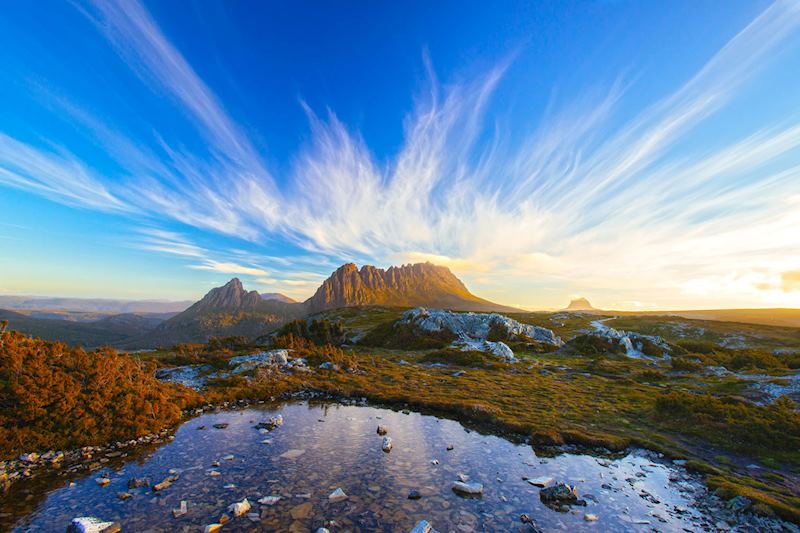
Tasmania’s wild scenery is best experienced on the island’s extensive walking trails. There are more multi-day walks here – known as the Great Walks of Australia – than in all of the mainland. For instance, on the island’s western flank, Cradle Mountain-Lake St Clair National Park is a wilderness of weathered moorland, deciduous beech forest, sedgelands, and glacially fed lakes, overlooked by the dolerite columns of Cradle Mountain itself.
You can take an arduous scramble over scree to summit the mountain, but a better option is the Dove Lake Circuit, a moderate hike that takes about two and a half hours. It’s suitable for almost all fitness levels. You follow a loop track around the glassy lake, passing through a variety of terrain with clear views over Cradle Mountain’s spiky saddle.
Set off early because it’s the most popular walk in the park, and with good reason. At one point, you lose sight of the mountain as you enter a cool stretch of gum forest that looks like it has been dipped in mosses. Walking through it is like entering some hushed faerie realm. The route is also peppered with benches for sitting and admiring the views.
The Freycinet Peninsula, over on the east coast, also offers rewarding hiking. Wineglass Bay, an elegant crescent of buttery-shaded sand, is the focal point of most walks in Freycinet National Park, which encompasses the entire peninsula. You can reach a lofty lookout point over the bay in about two hours via a steep uphill track.
It’s one of those walks where you don’t get any teasing glimpses of the endpoint — the big view — until you hit the very top. You’re mostly ascending through bush before the trail opens out and deposits you on an overlook. The ocean was still a sparkling turquoise when I last visited — and that was in August, in the depths of the Australian winter.
If you plan on spending time in Freycinet National Park, I strongly recommend supplementing your walking with a cruise around the peninsula. You’ll see seals thronging the foot of vertiginous limestone cliffs. Out to sea, there’s the chance to spot whales and dolphins, too. I saw eight humpback whales blowholing and showing off their fins just a little way from the boat, as well as a pod of dolphins playing in the bow waves.
The best of Tasmania’s food and drink
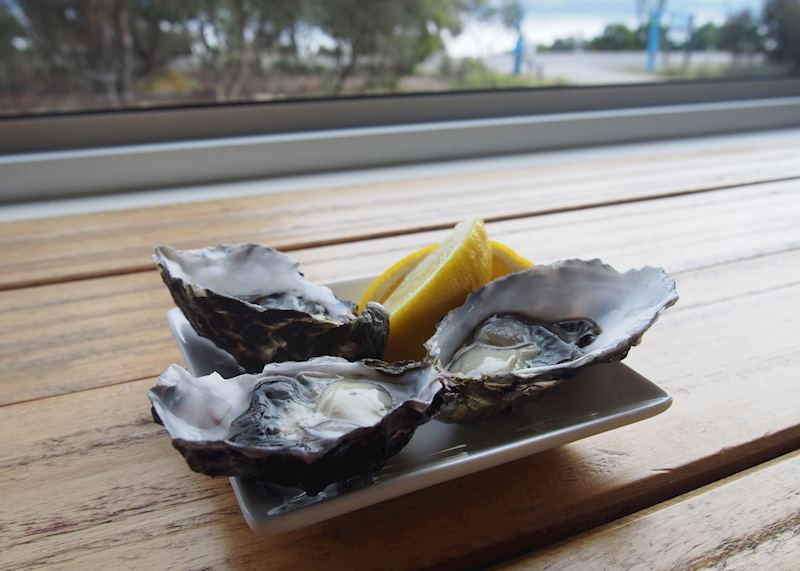
Tasmanians are very proud of their local produce. Just driving around the island, you’ll come across roadside apple carts selling crunchy fruits and locally brewed cider. The Tamar Valley in northern Tasmania, while lacking the worldwide acclaim of somewhere like the Barossa, has some excellent cellars and dairies.
In fact, you can start your Tasmanian food peregrination as soon as you land in Hobart. On Saturdays, its waterfront comes alive with Salamanca Market, a huge outdoor market selling artisan crafts and fresh produce. In Tasmania’s summertime (December to February), you can browse to the sounds of live music.
But what, specifically, should you eat? In Hobart, opt for seafood chowder. It’s good everywhere you go, but I especially enjoyed the creamy comfort food option served at the Drunken Admiral pub. For a high-end dining experience, book in at Peppina in the new Tasman Hotel, which serves up an authentic Italian menu (featuring farm-fresh ingredients, of course) curated up by its head chef who hails from Naples, Italy.
Just outside of Hobart is a much-talked about experimental restaurant called Van Bone where every item on the menu is prepared in fire. The restaurant’s minimalist architecture proves a stirring juxtaposition to the rolling countryside and wild coastline where it resides. Meanwhile, in Launceston on the north end of the island, visit Black Cow Steakhouse for a taste of local Tasmanian grass-fed steaks.
Tasmania is also home to more than 50 whisky distilleries — one even supplies bottles to Barack Obama. The labels on the bottles are still glued on by hand, so the owners were rather surprised when the former US president tried to place an order (they ignored his emails at first, thinking it a hoax).
Then, if you have time, take a 20-minute ferry ride to nearby Bruny Island — the ferry terminal is about a 45-minute drive from Hobart. Really two islands for the price of one conjoined by a sandy isthmus, Bruny is covered in eucalypt forest and does two things extremely well: oysters and cheese. You can go the whole hog and visit one of the island’s oyster farms or, as I did, just go in for a tasting of some freshly shucked, succulent specimens. The cheesemakers also offer tastings and fragrance their wares with herbs such as lavender.
Wildlife adventures in Tasmania
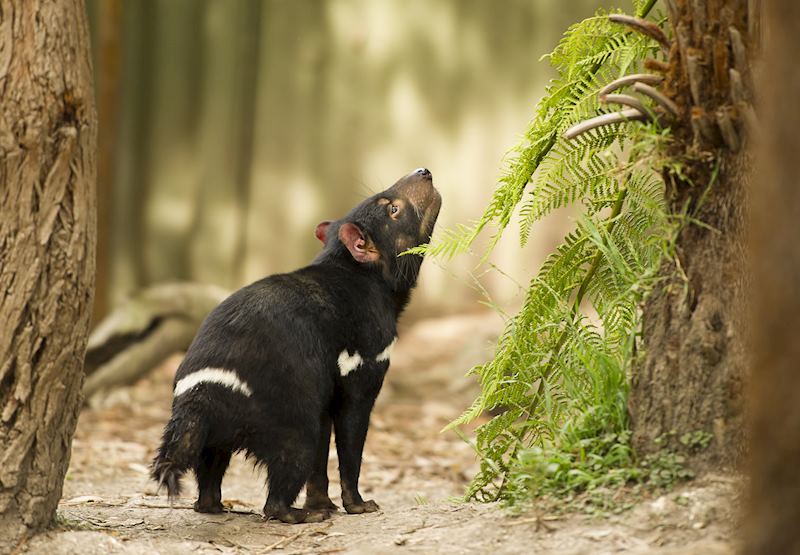
Whether it’s taking a private wildlife tour at Pepperbush to look for platypus and bandicoots, visiting wily Tasmanian devils at Cradle Mountain, or gazing through binoculars to spot wrens and raptors, Tasmania’s wildlife is rich — especially for such a small island.
On a tour at Devils@Cradle, the rangers explain the origin of the devils’ name: when the first settlers arrived on Tasmania and heard their screeching-baby cries, they feared that something diabolic was hiding out there in the bush.
While Tasmania might be known for its eponymous devils, other animals to look out for include fluffy wombats, which are surprisingly swift, and petite wallabies. As you head down for breakfast at Peppers Cradle Mountain Lodge, you might be lucky to see wombats sleepily wandering by after their nocturnal adventures.
I’d also recommend taking a boat journey deep into the World Heritage area through the ancient Huon pine forests and explore the little-known islands of Maria and Bruny, with their abundant wildlife and walking opportunities.
Exploring Tasmania’s culture and convict history
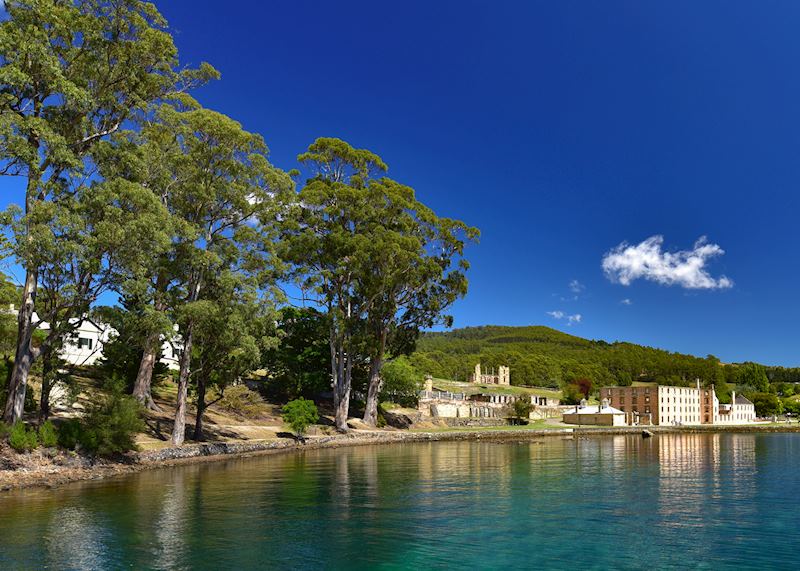
The foreboding former Alcatraz-like penitentiary of Port Arthur, about 90 minutes from Hobart on the Tasman Peninsula, is what most people associate with convict history in Tasmania. It’s well worth a visit to this intriguing UNESCO World Heritage site to get a better understanding of the history that shaped this island.
Another World Heritage site in Tasmania on my list is the scenic port town of Strahan, set at the mouth of the limpid Gordon River. Here, you can visit Sarah Island in the middle of Strahan’s Macquarie Harbour, where some of Europe’s most wanted were put to work felling pine trees.
To delve deeper into Tasmania’s culture, visit the Mona (Museum of Old and New Art) in Hobart. The self-described ‘weird and wonderful’ museum started out as a small collection of antiquities and has expanded into an exhibition space as well as a base for live music, a well-stocked library, recording studio, and more. With places to eat and drink on site, it’s very easy to while away a day here basking in Tasmanian history and modern art exhibits alike.
Planning a trip to Tasmania
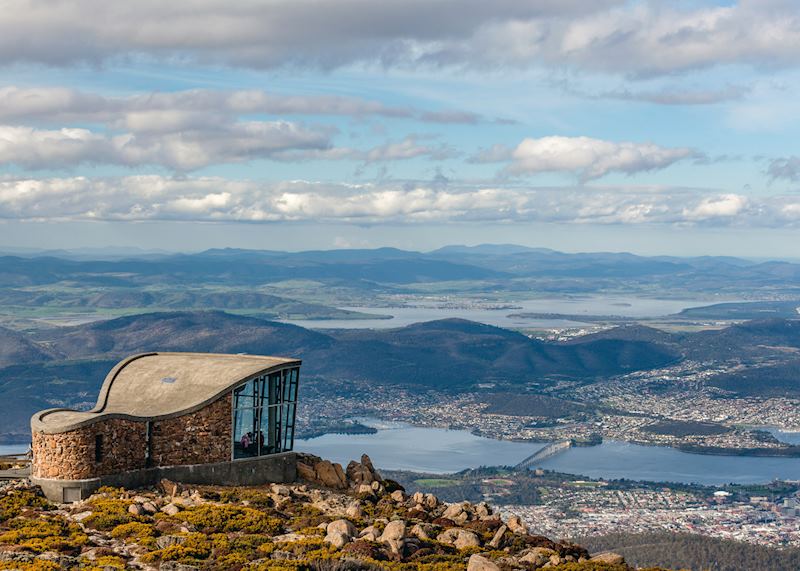
If you want to really experience everything Tasmania has to offer, I’d aim to spend around 10 to 14 days here — although, of course, shorter visits that focus on only a few areas are also possible. Tassie, as locals call it, can be easily explored via a loop that crosses parts of the island’s blissfully undeveloped interior.
Direct flights arrive into Hobart from Sydney, Melbourne, Brisbane, and Perth. I’d begin your trip with a few days here, perhaps venturing out to Bruny Island, before driving northwest to Strahan. Then cut across east to Cradle Mountain-Lake St Clair National Park, and continue to the northeast corner to spend a few days exploring the remote country around Scottsdale. You could then drive south down the island’s east coast, stopping off at Freycinet National Park to explore Wineglass Bay.
Roads are winding, and although the distances aren’t huge, driving between places can take longer than your GPS device estimates. So try and leave yourself as long as possible, and enjoy the ride.
Start planning your trip to Tasmania
Start thinking about your experience. These itineraries are simply suggestions for how you could enjoy some of the same experiences as our specialists. They're just for inspiration, because your trip will be created around your particular tastes.
View All Tours in Australia